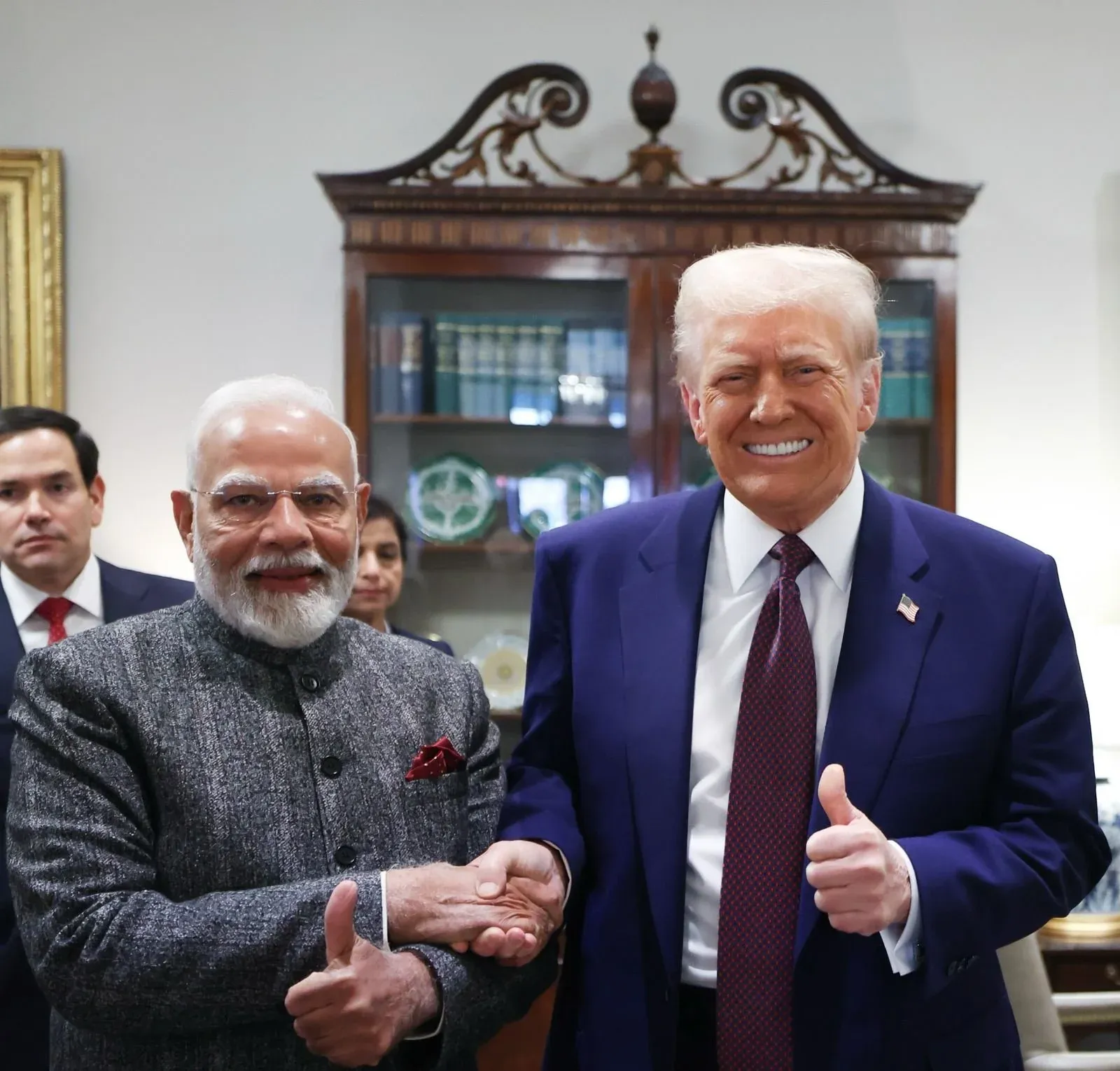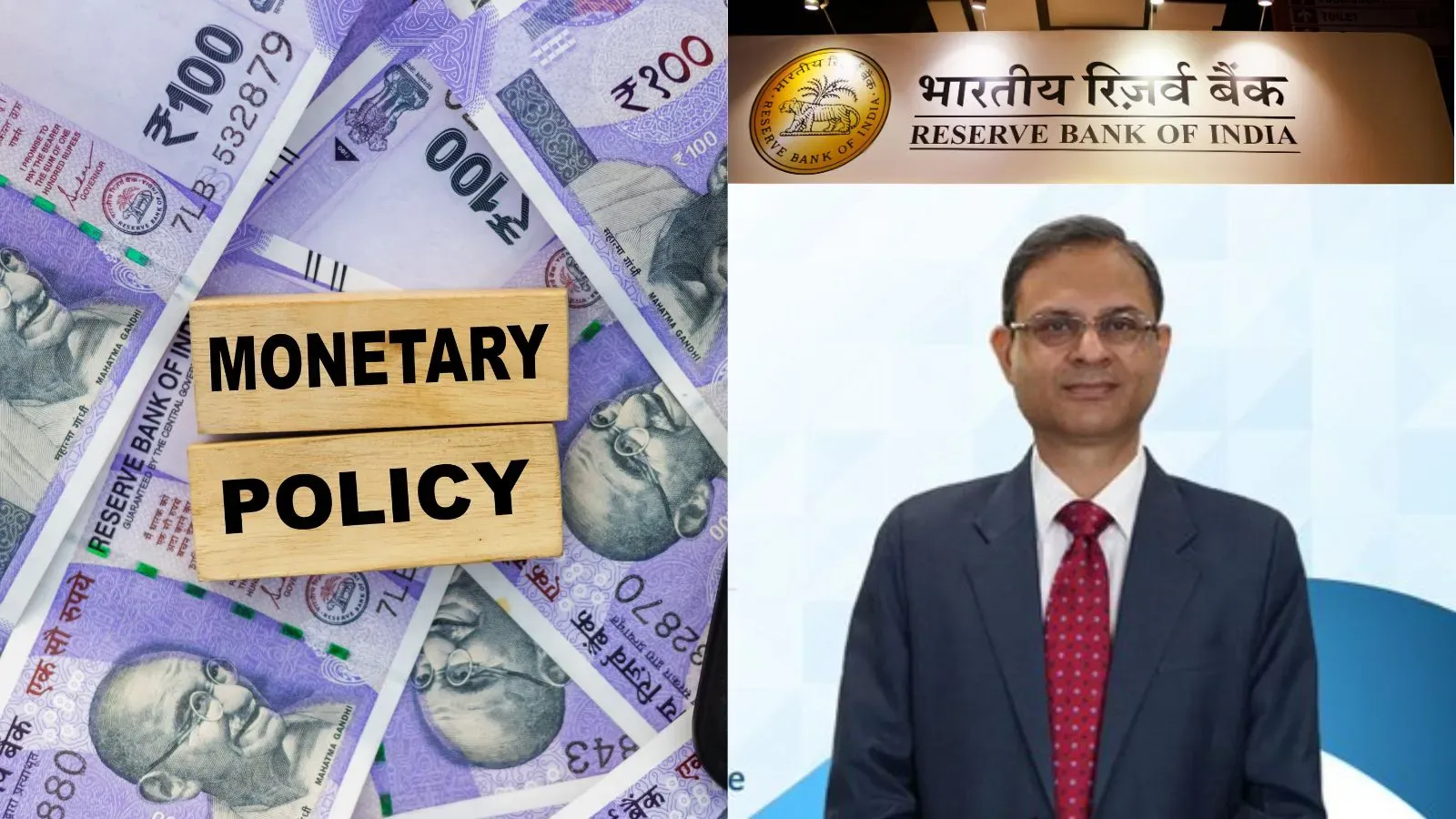Business News
Donald Trump’s 'reciprocal tariff' plan just 'white noise' for India's exports? SBI Research weighs in
.png)
3 min read | Updated on February 19, 2025, 17:06 IST
SUMMARY
SBI Research downplayed the impact of US President Donald Trump’s proposed 'reciprocal tariff' plan, suggesting that India's trade with the US remains on an upward trajectory.

Prime Minister Narendra Modi with US President Donald Trump.
US President Donald Trump’s ‘reciprocal tariff’ plan may turn out to be “more of white noise”, according to SBI Research. The report asserted that India’s trade with the United States is poised for expansion, backed by diversification in export destinations, value addition, and evolving supply chain strategies.
It highlighted that even with a potential tariff increase of 15-20% by the US, the impact on Indian exports would be limited to a decline of 3-3.5%. However, this could be offset by India’s higher export targets, alternative trade routes, and strategic supply chain realignments in Europe, the Middle East, and the US.
“Our estimates show overall incremental tariff levels even at 15%-20% imposed by USA would still limit the impact on exports to US only in the range of 3-3.5% which again should be negated through higher export goals, as India has diversified its exports kitty, pitched value addition, exploring alternate areas and works on new routes that transcend from Europe to USA via the Middle-East, redrawing new supply chain algorithms that foster strategic inclusivity,” it said.
Bilateral trade trends and tariff adjustments
The report pointed out that India and the US have gradually adjusted their tariff structures over the years in response to evolving economic priorities. While US tariffs on Indian goods rose from 2.72% in 2018 to 3.91% in 2021, they slightly declined to 3.83% in 2022. On the other hand, India’s tariffs on US imports have increased from 11.59% in 2018 to 15.30% in 2022.
While the US has remained the top export destination, accounting for 17.7% of total exports in FY24, India’s export basket has also diversified significantly.
The report estimates that if the US imposes a retaliatory tariff of 15%, Indian exports could see a decline of approximately 3%, considering the elasticity of trade and exchange rate fluctuations. However, sectoral impact would vary based on individual industry sensitivities. It also pointed out that several Indian exporters are employing financial instruments such as FCNR(B) loans and EEFC accounts to mitigate foreign exchange risks.
India’s recent tariff reductions on key US exports—including bourbon, motorcycles, ICT products, and metals—have been reciprocated by the US with enhanced market access for Indian agricultural products such as mangoes and pomegranates, the report noted.
Last week, Prime Minister Modi and US President Donald Trump launched the "US-India COMPACT (Catalyzing Opportunities for Military Partnership, Accelerated Commerce & Technology) for the 21st Century”, under which the two sides committed to a "results-driven agenda with initial outcomes this year to demonstrate the level of trust for a mutually beneficial partnership."
They also announced the launch of the “US-India TRUST” (Transforming the Relationship Utilizing Strategic Technology) initiative, aimed at fostering collaboration in defence, artificial intelligence, semiconductors, quantum computing, and biotechnology.
Mission 500
India and the US are set to deepen cooperation in energy security, with increased trade in hydrocarbons, petroleum products, and liquefied natural gas. The US has reaffirmed its support for India’s full membership in the International Energy Agency (IEA) and has committed to aiding India in expanding its strategic petroleum reserves.
Both nations have set an ambitious goal under *“Mission 500”, aiming to double bilateral trade to $500 billion by 2030. To achieve this, plans are in place to negotiate a multi-sector Bilateral Trade Agreement (BTA) by 2025, focusing on reducing tariff and non-tariff barriers, improving market access, and strengthening supply chain integration.
By signing up you agree to Upstox’s Terms & Conditions
About The Author
Next Story

